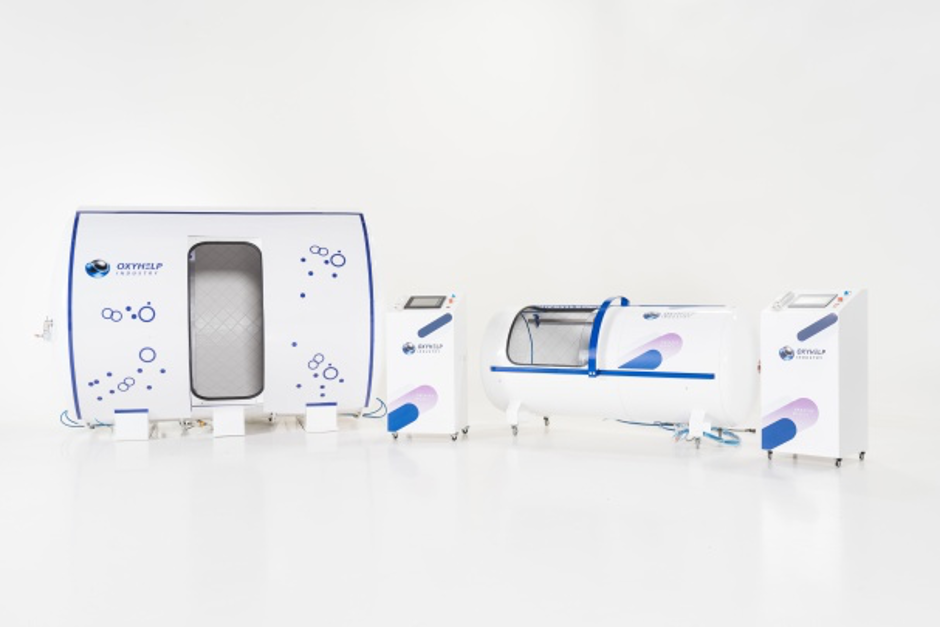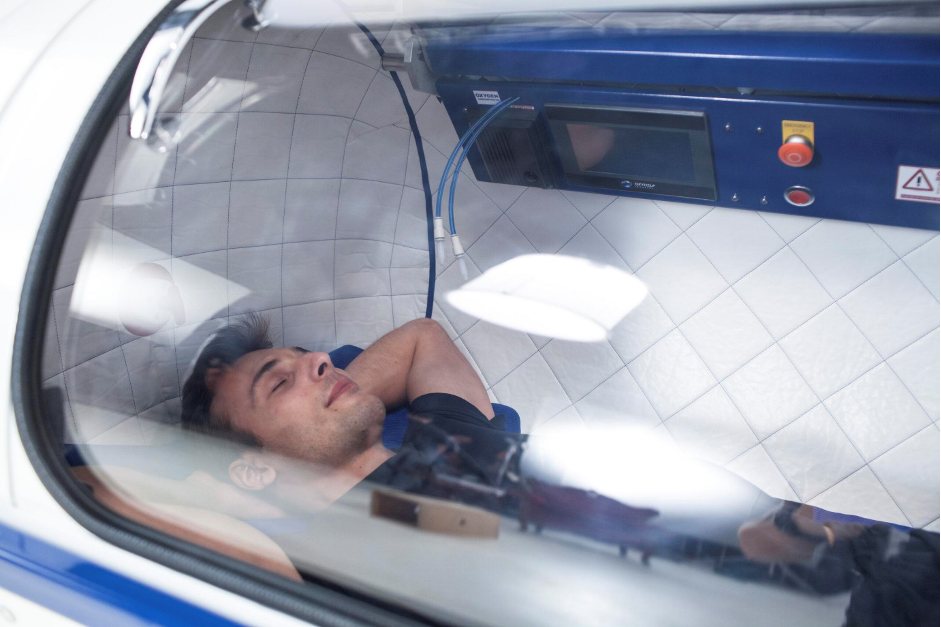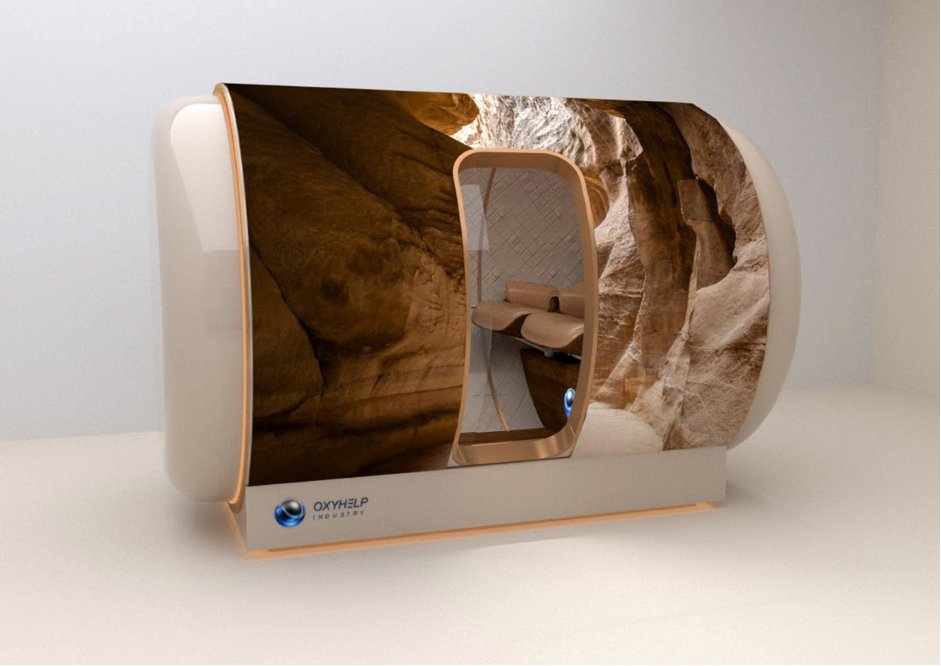In the dynamic intersection of science and health, Hyperbaric Oxygen Therapy (HBOT) stands as a beacon of innovation. This article delves into the intricate technology and scientific principles that make HBOT a groundbreaking therapy, exploring the mechanisms at work within the hyperbaric oxygen chambers.
Hyperbaric Oxygen Therapy (HBOT) lies a sophisticated medical procedure that entails inhaling 100% pure oxygen within a specially designed, pressurized environment, most commonly inside HBOT chambers. This environment is meticulously regulated to ensure a higher-than-normal atmospheric pressure, a key aspect of the therapy. As patients breathe in this oxygen-rich atmosphere, the amount of oxygen dissolved in their bloodstream rises significantly.
This heightened oxygen saturation reaches tissues throughout the body, even those with compromised blood supply, leading to a cascade of therapeutic effects. The increased oxygen levels can stimulate healing processes, enhance immune responses, and promote the regeneration of damaged tissues, among other health benefits. This intricate process of HBOT makes it a powerful tool in the treatment and management of various medical conditions.
Contents
Key scientific Principles of HBOT
- Oxygen saturation: Enhances the amount of oxygen carried by the blood.
- Hyperoxygenation: Leads to increased tissue oxygen levels, aiding healing and regeneration.
- Pressure effects: The increased atmospheric pressure aids in deeper oxygen penetration in tissues.
The hyperbaric chamber is where the magic of HBOT unfolds. These chambers are designed with advanced technology to safely administer the therapy.
The technology inside a Hyperbaric Chamber
- Control Systems: Regulate pressure and oxygen levels precisely.
- Safety Mechanisms: Ensure the well-being of the patient during treatment.
- Monitoring Equipment: Keep track of vital signs and environmental conditions.
The Interplay of Technology and Patient Care in HBOT
In the world of HBOT, technology and patient care are in a constant dance. The design and operation of hyperbaric chambers are not just about mechanical precision; they are about creating an environment that is both medically effective and patient-centric.
Engineers and healthcare professionals work hand in hand, ensuring that the chambers are not only technologically advanced but also comfortable and reassuring for patients. This interplay is crucial, as the success of the therapy hinges not just on the delivery of pressurized oxygen but on the overall experience of the patient. It’s a reminder that at the heart of all medical technology lies the fundamental goal of improving human health and well-being.
Types of Hyperbaric Oxygen Chambers
Hyperbaric oxygen chambers come in various forms, each designed to cater to different needs and treatment protocols.
- Monoplace Chambers: Designed for single patient use, offering a personalized experience.
- Multiplace Chambers: https://oxyhelp.com/multiplace-hyperbaric-chamber/ Accommodate multiple patients, often used in hospital settings.
- Portable Chambers: Smaller, more accessible units for less severe conditions.

HBOT Chambers: The Heart of the Therapy
The HBOT chamber is more than just a capsule; it’s the heart of the therapy. It’s where patients experience the transformative power of pressurized oxygen.
- Pressurization System: Creates the necessary atmospheric pressure for therapy.
- Oxygen Delivery System: Ensures a consistent and pure supply of oxygen.
- Comfort Features: Designed to make the patient’s experience as comfortable as possible.
The Evolution of Hyperbaric Oxygen Therapy
HBOT has a rich history, evolving from a novel idea to a sophisticated medical treatment.A Historical Perspective
- Early Beginnings: The concept of pressurized treatment dates back to the 1600s.
- Medical Milestones: The therapy gained prominence in the 20th century, initially for treating decompression sickness.
- Modern Advancements: Today, HBOT is used for a wide range of conditions, thanks to technological advancements in chamber design and oxygen delivery.
The journey of HBOT in the scientific community is akin to navigating a labyrinth of complexities and discoveries. Each research study peels back another layer, revealing more about the therapy’s potential and limitations.
The challenge lies not just in proving efficacy but in understanding the nuances – how different pressures and oxygen levels impact various conditions. This pursuit of knowledge is driven by a blend of curiosity and a deep-seated desire to push the boundaries of medical science. As researchers delve deeper, they often find themselves at the crossroads of unexpected findings and new questions, keeping the field of HBOT vibrant and perpetually evolving.
HBOT in Science and Health: A Multifaceted Approach
HBOT’s role in science and health is multifaceted, addressing a wide spectrum of conditions from wound healing to neurological disorders. The Broad Scope of HBOT
- Wound Healing: Accelerates the healing process of chronic wounds.
- Neurological Benefits: Shows promise in treating conditions like stroke and traumatic brain injury.
- Enhanced Immune Response: Boosts the body’s ability to fight infections and diseases.

The Patient Experience in an HBOT Chamber
Undergoing HBOT is a unique experience. Patients enter a world where advanced technology meets medical care. What Patients Experience
- The Environment: A serene, controlled atmosphere.
- The Sensation: A feeling of being in a safe, healing space.
- The Outcome: Many report feeling rejuvenated and revitalized post-treatment.
Challenges and Future Directions in HBOT
While HBOT is a promising therapy, it faces challenges such as accessibility and cost. The future of HBOT lies in overcoming these hurdles and expanding its applications. Future Prospects in HBOT:
- Technological Innovations: Making HBOT chambers more efficient and user-friendly.
- Research and Development: Expanding the evidence base for HBOT’s effectiveness in various conditions.
- Increased Accessibility: Making HBOT available to a broader range of patients.
HBOT’s Expanding Horizon in Medical Therapeutics
The horizon of HBOT in medical therapeutics is expanding, stretching beyond traditional boundaries. What started as a treatment for decompression sickness now finds applications in areas as diverse as sports medicine, cosmetic surgery, and neurorehabilitation.
This expansion is fueled by a growing body of research and a better understanding of how hyperbaric conditions affect the body at the cellular level. As each new application is explored, HBOT reaffirms its position as a versatile and valuable tool in the medical arsenal. The future of HBOT is not just about refining existing treatments; it’s about exploring new territories and unlocking the full potential of this remarkable therapy.
Conclusion
Hyperbaric Oxygen Therapy, with its blend of advanced technology and profound health benefits, continues to be a subject of fascination in the medical community. As we delve deeper into its capabilities and applications, HBOT stands as a testament to the incredible potential of marrying technology with healthcare. The journey of HBOT, from its historical roots to its modern-day applications, highlights the ever-evolving nature of medical science and the relentless pursuit of healing and rejuvenation.

